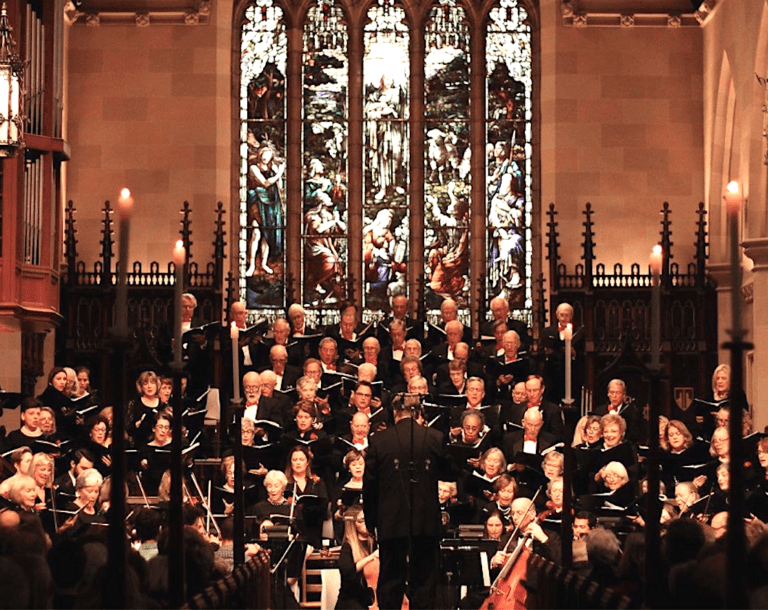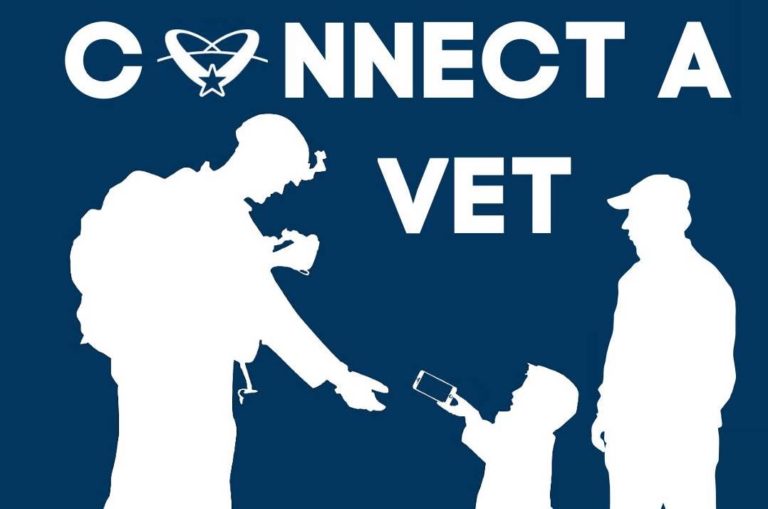

By Ed Horstman
Suddenly there was hope! During the early days of fourth grade I learned that by taking trombone lessons it was possible to miss an entire period of math every week. How was this not going to be my best year in school ever? But everything you need to know about my experience with that trombone can be said in a few words. Within one month, I was back in math class and had put my musical career away for good. I decided to take my chances with word problems rather than musical notation.
I have heard it said that people who show an early interest in artistic expression are also likely to exhibit some skill with mathematics. If this is so, I cannot be counted in that number. Over the years I have filled hundreds if not thousands of sketchbook pages and canvas and sheets of cardboard with collage, landscapes, and abstract figures. But the sight of a mathematical formula can stop me in my tracks. Not long ago, when I was asked to assist a ten-year-old with her math homework, it soon became clear that I was the student and she the teacher.
And yet over the years I have grown more and more conscious of the debt we owe to mathematicians whose ingenuity has made it possible for us to build, navigate, create, compute, and invest. In her book, Hidden Figures: The American Dream and the Untold Story of the Black Women Mathematicians Who Helped Win the Space Race, Margot Lee Shetterly brings to light how those individuals were indispensable to the development of the American space program. Katherine Johnson, Dorothy Vaughan, Mary Jackson, and Dr. Christine Darden all received the Congressional Medal of Honor for their work at Langley Research Center in Hampton, Virginia. Shetterly says that “they turned their desks into a trigonometric war room, poring over equations, scrawling ideas on blackboards, evaluating their work, erasing it, starting over.” Their abilities advanced the space program in the early days of NASA and inspired confidence in the astronauts whose lives depended on the accuracy of their calculations.
The kind of mathematics practiced by Katherine Johnson and her colleagues will always be out of reach for my understanding. Yet math does not have to be complicated in order to be useful for human faith and flourishing. Colman McCarthy, a former journalist who is an advocate for peace studies at every level of the educational journey, developed this formula as a portable guide for navigating daily life: “Add peace where there’s none, subtract violence when you see it, multiply love when you can, and divide hate when you must.”
While the stories of the gospels do not contain references to complex mathematical formulas, it is clear that for those who wrote those stories, and most likely for Jesus himself, numbers mattered. Before the launching of his public ministry Jesus withdrew for forty days in a desert retreat, eventually called twelve disciples, on one occasion multiplied a few loaves and fish to feed five thousand people, and was buried for three days in a tomb before an upsurge of resurrection power released him into life beyond life. The inclusion of these numbers was not accidental. Their presence and precision were an important part of the narrative that drew men and women to the healing power of Jesus alive and at large in the world, both before and after his death.
As the season of Lent unfolds we can continue to work a little magic with numbers in order to give greater meaning to our faith. Nothing too fancy, just some simple subtraction and addition that can have a multiplier effect for the good. In fact, subtraction may prove to be a particularly valuable practice as we seek to live on planet earth in ways that are sustainable for our generation and those who come after us. By subtracting our carbon consumption, our reliance on materials that cannot be recycled, and any sense of discouragement about the future, we can become ambassadors of hope.
As we become familiar with the joys of subtraction, we can explore the benefits of addition. The forty days of Lent give us enough time to build some new and healthful behaviors into our routines that can be good for our world and us. We can add a tiny habit like thirty seconds of silence every day at a set time in order to be mindful of God’s life intertwined with our own. If we already support an organization that is a force for good, how about adding an unexpected contribution to their work as a Lenten gift? What about adding some new music to the familiar playlists, just to spice things up a bit and refresh our souls. After all, even though I subtracted playing the trombone from my life, I eventually added a great appreciation for jazz to my love for music. Brass instruments nourish my soul.
So on our Lenten journey, let’s join forces with all those who have gone before us, who are rooting for us to add peace, subtract violence, divide hate, and multiply love. Lord, I want to be in that number.
The Rev. Dr. Edward G. Horstmann is the Senior Minister at Round Hill Community Church, 395 Round Hill Road.




